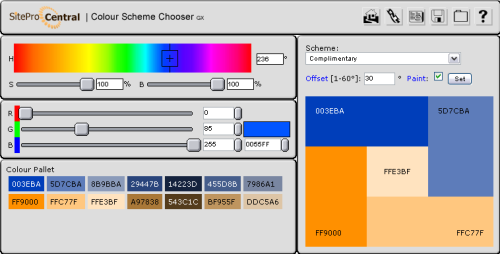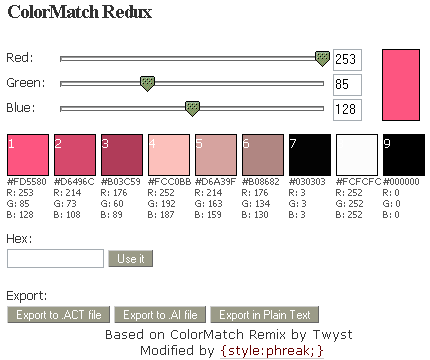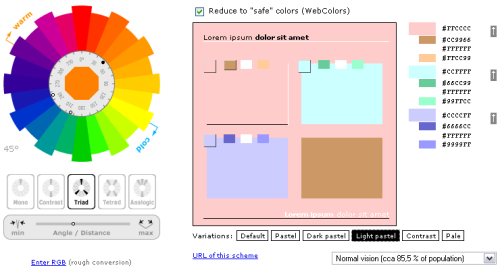Don’t forget that most of the existing forum engines (phpBB and vBulletin are the ones I use) have some form of internal caching for all the templates. This means that you need to refresh the cache after making any changes.
I’ve just spent a good few minutes trying to figure out why most recent changes to one of my forums never applied, and it seems that although I’ve changed the template files, there was a step with cache refreshes which had to be taken before any change is visible to forum users.
This is a really basic piece of advise, but since it’s not the first time I forget to check for internal caching, I thought I’d share it and save you some time in the future.





Recent Comments